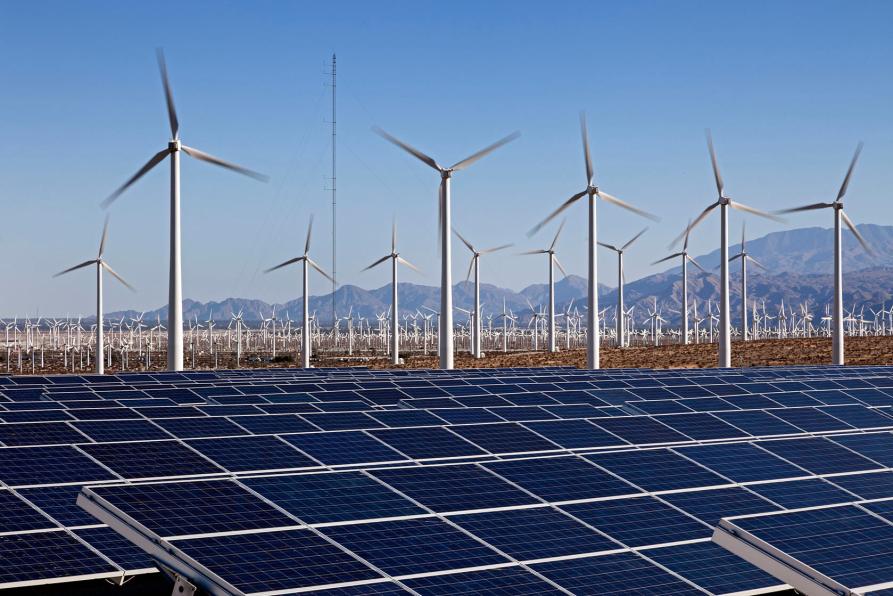How Does the Solar Wind Impact the Northern Lights?
The Northern Lights, also known as Aurora Borealis, are a captivating natural light display that occurs primarily in high-latitude regions of the Earth. This celestial phenomenon is caused by the interaction between the solar wind and Earth's magnetic field. Understanding the solar wind and its impact on the Northern Lights provides valuable insights into solar-terrestrial interactions and space weather.

Solar Wind And Its Characteristics
- The solar wind is a continuous stream of charged particles emitted from the Sun's outer atmosphere, the corona.
- It consists primarily of protons (hydrogen nuclei), electrons, and alpha particles (helium nuclei), along with trace amounts of heavier ions.
- The speed of the solar wind varies from about 300 to 1,000 kilometers per second, depending on solar activity.
- The temperature of the solar wind ranges from a few hundred thousand to several million degrees Celsius.
- The solar wind expands outward from the Sun, creating a vast region of space known as the heliosphere, which extends beyond the orbit of Pluto.
Interaction Of The Solar Wind With Earth's Magnetic Field
- Earth's magnetic field is generated by the movement of molten iron in the planet's core.
- The magnetic field lines extend from the Earth's poles and form a protective shield around the planet.
- When the solar wind encounters Earth's magnetic field, it is deflected and channeled around the planet.
- The region of space where the magnetic field is dominant is called the magnetosphere.
- The boundary between the magnetosphere and the solar wind is known as the magnetopause.
Formation Of The Northern Lights
- The interaction between the solar wind and Earth's magnetic field leads to a process called magnetic reconnection.
- During magnetic reconnection, the magnetic field lines of the solar wind and Earth's magnetic field merge and reconnect, releasing energy and accelerating charged particles.
- These accelerated particles, primarily electrons and protons, are guided along magnetic field lines towards Earth's poles.
- As the charged particles approach the poles, they collide with atoms and molecules in the Earth's atmosphere, causing the atoms and molecules to emit light.
- The colors of the Northern Lights depend on the type of atoms and molecules that are excited.
Variations In The Northern Lights
- The intensity and frequency of the Northern Lights vary depending on solar activity.
- During periods of high solar activity, such as solar storms and coronal mass ejections, the solar wind is more intense and can penetrate deeper into Earth's magnetosphere.
- This increased solar wind activity leads to more frequent and intense displays of the Northern Lights.
- The Northern Lights are also more visible during the winter months when the nights are longer and the skies are darker.
- Additionally, the geographical location plays a role, with the Northern Lights being most visible in regions closer to the Arctic Circle.
Scientific And Cultural Significance
- Studying the Northern Lights provides valuable insights into solar-terrestrial interactions and space weather.
- Understanding the behavior of the solar wind and its impact on Earth's magnetosphere helps scientists predict and mitigate the effects of space weather events.
- The Northern Lights hold cultural significance for many indigenous communities, who view them as a sign of good luck or a connection to the spirit world.
- The Northern Lights are also a popular tourist attraction, drawing visitors from around the world to witness this natural spectacle.
- Astrophotographers often capture stunning images of the Northern Lights, showcasing their beauty and the dynamic nature of the night sky.
The solar wind plays a crucial role in the formation of the Northern Lights. The interaction between the solar wind and Earth's magnetic field leads to the acceleration and guiding of charged particles towards the poles, where they collide with atoms and molecules in the atmosphere, resulting in the emission of light. The intensity and frequency of the Northern Lights vary depending on solar activity and geographical location. Studying the Northern Lights provides valuable insights into solar-terrestrial interactions and space weather, while also holding cultural and aesthetic significance.
YesNo

Leave a Reply